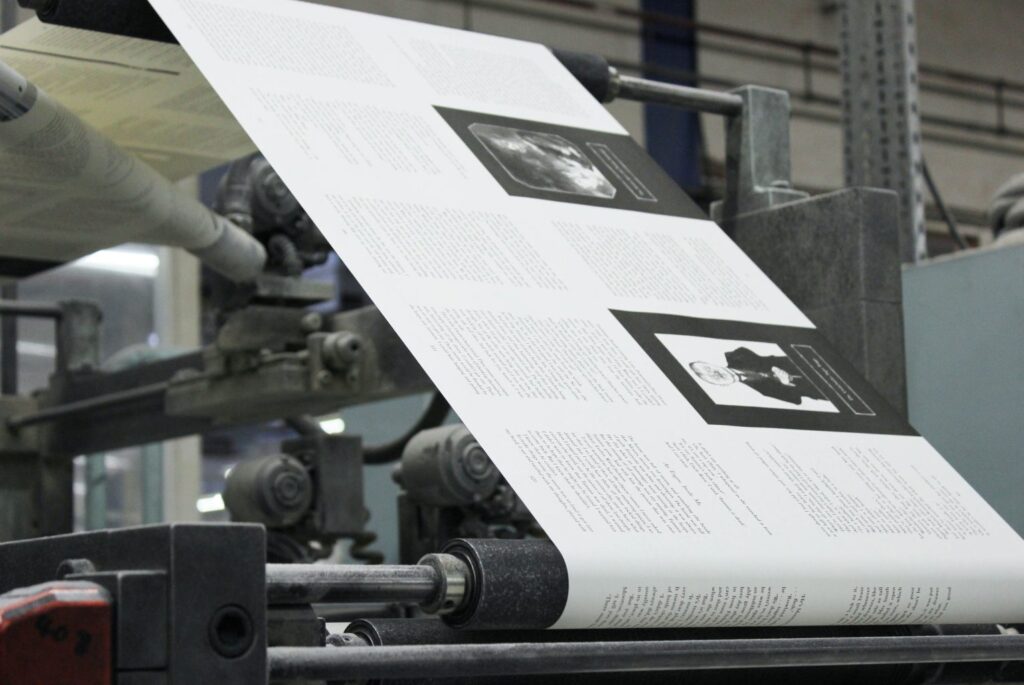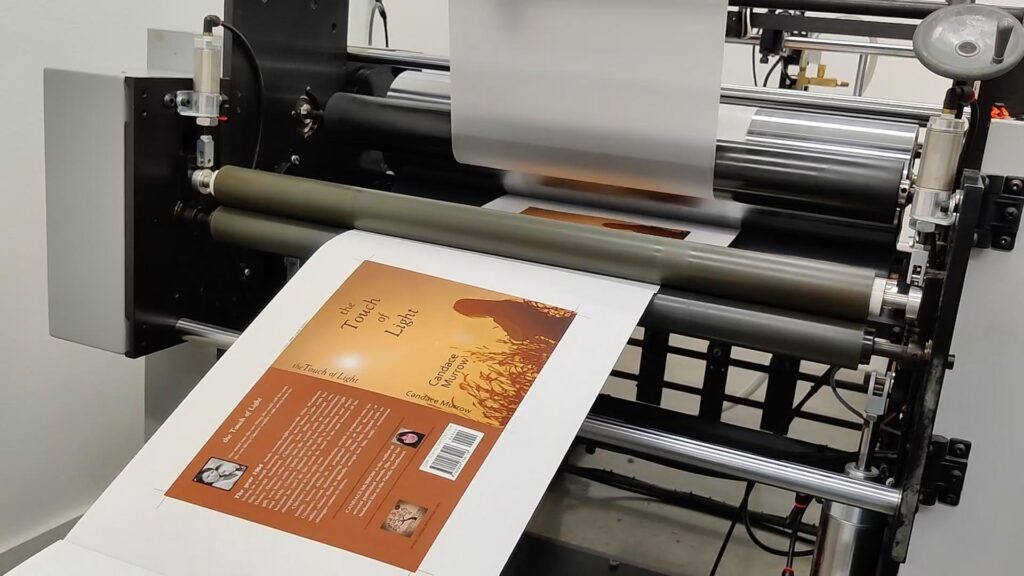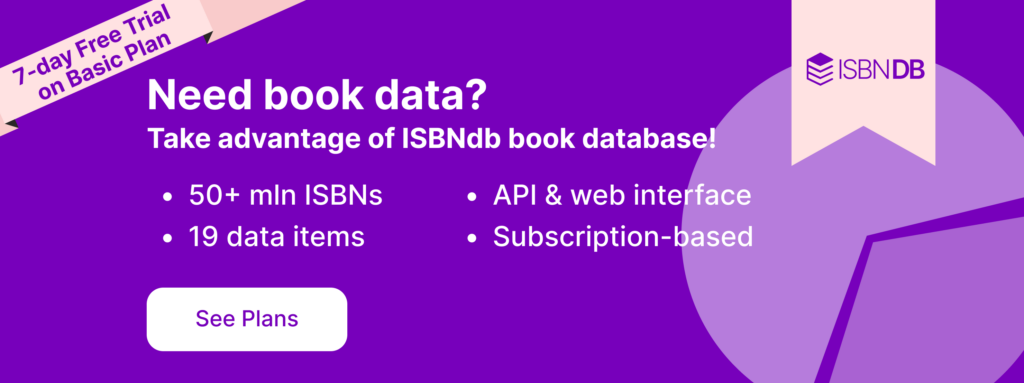
The book publishing industry is one of the most prominent facilitators of human communication. It’s responsible for sharing important information and the stories you’ve grown to love.
Today, the book publishing market is a multi-billion dollar industry, capable of sharing the written or spoken word across the globe—but this hasn’t always been the case. Over the course of centuries, the publishing industry has undergone a number of pivotal events and innovations that have redefined the way that we consume information in all of its forms.
These are the five innovations that shaped the book publishing industry into what it is today, changing the way we read and learn.
- The Invention of the Printing Press — 1436
- Paperback Production — 1935
- Birth of the ISBN — 1966
- E-Books and Digital Publishing — 2000s
- Print-on-Demand Technology — 2000s
The Invention of the Printing Press — 1436
Starting off our list is arguably the most important innovation of all: the invention of the printing press. After all, there would be no publishing industry without it.
For many years, books had to be copied by hand, making them a rare commodity and generally only available to the wealthy. Later, other printing methods were used to transfer the written word onto fabric or paper, as woodblock printing had been used in China as early as the 9th century.
However, it was Johannes Gutenberg who is credited with inventing the earliest iteration of the printing press we know and love today. Though the exact date is up for some contention, historians believe that the German goldsmith’s invention was produced around 1436. Using the idea of a screw press to evenly squeeze an inked metal type stamp, Gutenberg’s invention could produce up to 3,600 copied pages in a single day, a far cry from the tedious printing methods in the past.
Johannes Gutenberg’s invention was quickly adopted and automated—at least, to the best of its abilities in the forthcoming centuries—which enabled the mass production of books. With more books available to the masses, the publishing industry was well on its way to becoming the behemoth it is today.
Paperback Production — 1935
It is difficult to imagine a world without paperback books, but this was the reality for centuries after the invention of the printing press. Though readily available, books were still relatively expensive in comparison to other items, as bound, hardback books were not cheap to make. In fact, hardback books were often more expensive than filling up a tank of gas in the early 1930s.
The first paperback books were produced by a company called Tachnitz in 1841, but unfortunately, they were not widely adopted. However, ninety years later, paperback books changed everything.
In 1935, in the wake of the Great Depression’s effects, Allen Lane had the idea to produce paperback books. They were cheaper to produce and sell, making them more readily available for consumers. His idea was a hit, as roughly three million paperback books were sold the next year. Coincidentally, each of these books bore a small logo of a penguin, marking the establishment of the Penguin publishing house.
Birth of the ISBN — 1966
In the 1960s, book retailer W.H. Smith wanted to embrace new computer technologies and find a way to classify and sort books, breaking away from the tedious use of a card catalog. The retailer sought developers to put this plan into action, and the Standard Book Numbering (SBN) system was officially invented in 1966.
The International Organization for Standardization (ISO) expressed interest in the new system. After a few rounds of adjustments and international discussions, in 1970, the ISO introduced ISBN, also known as “ISO 2108”. Since that time, ISBN has been adopted in more than 150 countries.
Today, every book published features a 13-digit ISBN, used to quickly classify, sort, and identify the content, type, and title of the book. The invention of the ISBN truly revolutionized the publishing industry, as it made life much easier both for readers and for industry professionals. Thanks to ISBN, the latter got the possibility to manage books, track sales data and inventory levels much more efficiently, which is essential for managing supply chains and making informed business decisions.
ISBNdb offers its users the largest database of over 43 million books and is growing every day. ISBNdb makes it easy for booksellers, software developers, publishers, and other book industry professionals to get data on millions of titles.
E-Books and Digital Publishing — 2000s
Like the invention of the ISBN system, advances in computer technology changed the publishing industry again through digital publishing: the e-book.
Though the e-book’s inventor is not entirely clear, many book lovers and publishers attempted to devise a way for consumers to read books—without the need for a physical book in hand—as early as 1946. However, the widespread use of e-books did not begin until the beginning of the 21st century.
By the 2000s, technology had advanced enough that consumers could read books through a dedicated e-reader or even their smartphone. E-books revolutionized not only the publishing industry, but reading as a whole. Now, readers could hold a whole library of titles in one, small device.
With the rise of e-books, publishers could now offer content in digital formats, opening new avenues for book sales. It created new possibilities for writers to self-publish their work, making the publishing process more accessible and giving authors more control over their work.
Print-on-Demand Technology — 2000s
The idea of ‘print on demand’ is nothing new, as it implies the creation of a product only when it has been purchased. However, print-on-demand (or POD) technology is relatively recent, with print-on-demand companies and automation making leaps and bounds beginning in the early 2000s.
Before the use of print-on-demand technologies, publishers would produce large batches of books, with the size depending on the title’s estimated consumer demand. This is difficult to do, as it often results in overstock or shortage of inventory, depending on an over or underestimation of consumer demand.
With the development of print-on-demand processes, publishers can print books in small quantities—even individual books—quickly, eliminating the need for gargantuan print runs.
However, print-on-demand has changed the publishing industry not only for publishers but for writers. With the use of third-party POD companies, authors are able to produce their books without the help of a large publishing house. Many of these companies also handle packing and shipping, which is especially important for those who self-publish and may not be able to handle every step of the publishing process themselves.
Print-on-demand technologies have revolutionized the publishing industry because it makes publishing accessible for all, not just those who can afford it.
Conclusion
These innovations have collectively shaped the publishing industry into the dynamic, diverse, and global phenomenon it is today. With each advancement, the industry has become more accessible, inclusive, and responsive to the needs of readers and writers, providing a platform for the exchange of knowledge on an unprecedented scale.
If you asked me to name the two most important innovations in the publishing industry, I’d put the invention of the printing press in the first place, with ISBN being the second. Since 1970 each variation of the book carries an ISBN, be it paperbacks, e-books, or audiobooks. As technology continues to evolve and new book incarnations arrive, they’ll still carry ISBNs, and ISBNdb will always be here for you to provide you with the latest book data.
Looking ahead, what other innovations might transform the industry in the future? Read our article exploring the potential role of AI in the book publishing industry. And if you’re interested in how books are categorized and organized in libraries, check out our post on the Dewey Decimal System, a classification method that has been helping readers and researchers navigate vast collections for over a century.










